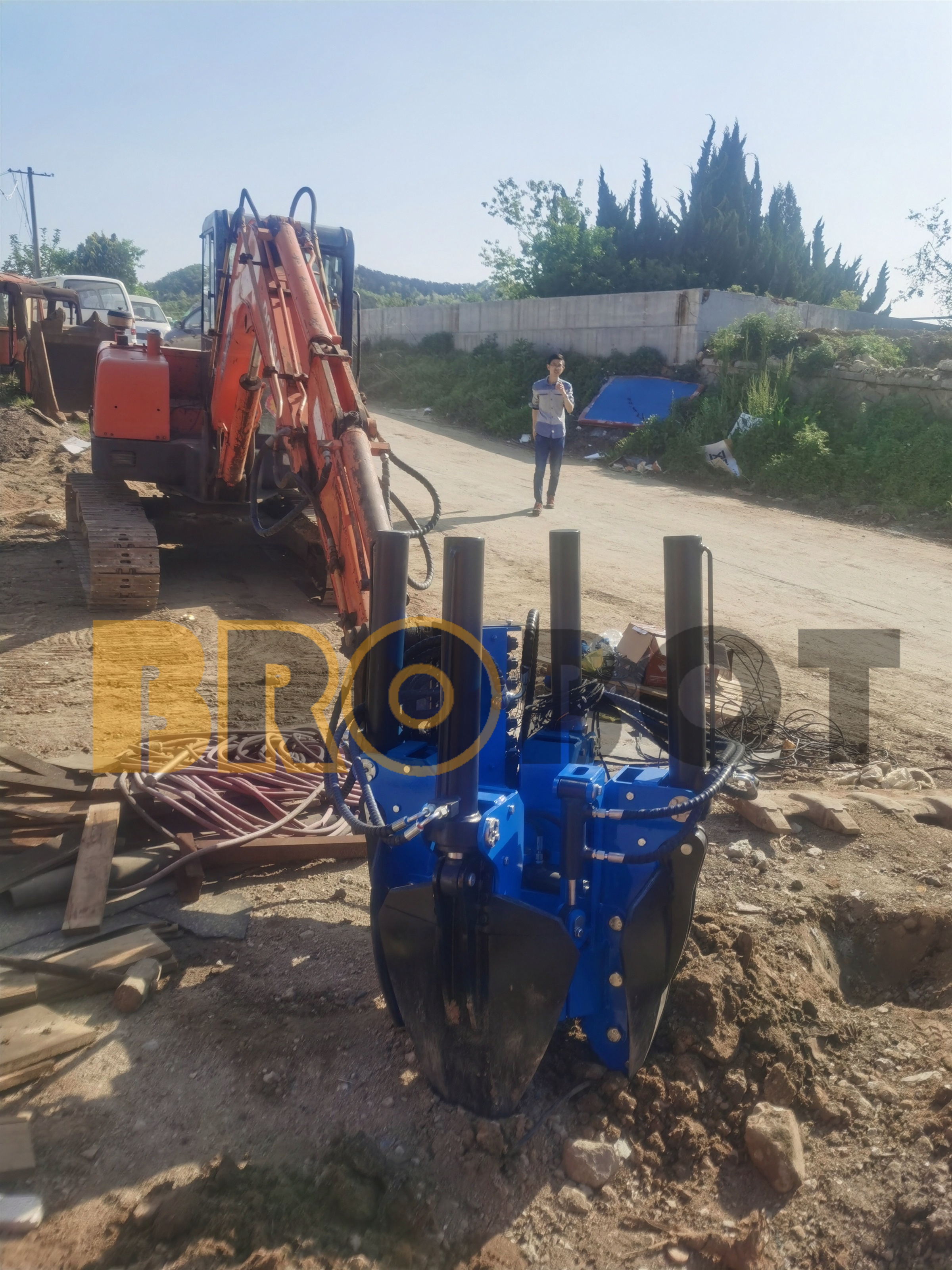Trees and shrubs are often required for new landscaping, such as extensions. Instead of throwing away these plants, they can often be moved around. The older and larger the factories, the more difficult it is to move them.
On the other hand, Capability Brown and his contemporaries have been known to dig up mature oak trees, drag them to a new location with a team of horses, transplant them, strengthen them, and remarkably, they survived. The modern equivalent, the tree shovel – a giant vehicle-mounted shovel – is only good for very large gardens. If you have construction workers, beware of mechanical excavator drivers – they often overestimate their tree transplanting skills.
Trees and shrubs less than five years old have a limited number of root balls that can be dug up and replanted relatively easily. Roses, magnolias, and some mesquite shrubs lack fibrous roots, are difficult to repot unless recently planted, and usually need to be replaced.
Evergreens are best repotted now before winter or spring, although they can be repotted in the winter if soil conditions permit and the garden is protected from the wind. Windy conditions can quickly dry out raised evergreens. Deciduous plants are best moved after leaf fall and before leaf fall in spring if the soil is dry enough. In any case, wrap the roots after they are raised and before planting to keep them from drying out.
Preparation is important – bare-rooted trees or root bulbous bushes dug out of seedling soil are periodically “cut” during their growth year, causing the formation of massive fibrous roots, thereby helping the plant survive the transplant. In the garden, the ideal start is to dig a narrow trench around the plant, cut off all the roots, and then backfill the trench with soil that has been supplemented with gravel and compost.
The following year, the plant will grow new roots and move better. No more pruning is required before moving than usual, usually broken or dead branches are simply removed. In practice, only one year of preparation is possible, but satisfactory results are possible without preparation.
The soil should now be moist enough to transplant the plants without watering first, but if in doubt, water the day before. Before digging up the plants, it is best to tie up branches to facilitate access and limit breakage. The ideal would be to move as much root mass as possible, but in reality the weight of the tree, roots, and soil limits what can be done, even – sensibly – with the help of a few people.
Probe the soil with a shovel and fork to determine where the roots are, then dig out a root ball large enough to handle by hand. This involves digging trenches around the plant and then making undercuts. Once you know the approximate size of the final root ball, before you start digging, dig new planting holes about 50 cm wider than the expected root ball to minimize delays between digging and replanting. The new planting hole should be split slightly to loosen the sides, but not the bottom.
Use an old saw to cut off any thick roots that resist the shovel. Using a pole or piece of wood as a ramp and lever, pull the rootball out of the hole, preferably by slipping a burlap or tarp underneath the plant that can be lifted from a corner (tie a knot here if necessary). Once lifted, wrap the root ball around and carefully drag/transfer the plant to its new location.
Adjust the depth of the planting hole so that the plants are planted at the same depth at which they were grown. Compact the soil as you refill the soil around the newly planted plants, spreading the roots evenly, not compacting the soil, but making sure there is good soil around it in contact with the root ball. After transplanting, prop up as needed as the plant will now lack stability and a wobbly plant will not be able to take root well.
Uprooted plants can be transported by car or moved as needed if they are well packaged. If necessary, they can also be covered with coarse bark-based compost.
Watering is necessary during the dry period after planting and throughout the summer of the first two years. Mulching, spring fertilization, and careful weed control will also help the plants survive.

Post time: May-24-2023
